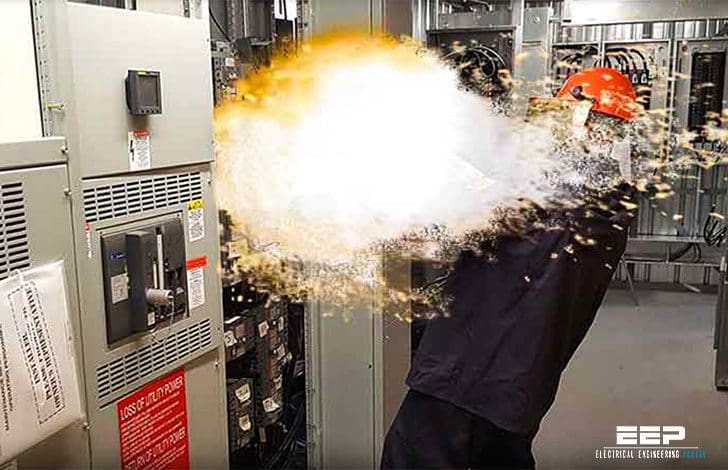
What is the proper procedure?Īfter performing a risk assessment, it is determined that the ideal procedure would be to wait until after hours to perform the work to limit risk however, if this is a 24-hour facility, it may be best to have an attendant stand guard and to have an electrical specific barricade set up to inform all of the risk.
ARC FLASH BOUNDARY INSTALL
Let’s say that a qualified electrical worker is removing a panel cover from a panel-board (as pictured below) to install a new circuit breaker however, this panel is in a hallway where there is a likelihood that a student, unqualified worker, or the general public may walk by at any time.Now, how do these two boundaries fit into your electrical safety program? Let’s look at a couple of examples:

The limited approach boundary is defined by the NFPA 70E as, “An approach limit at a distance from an exposed energized electrical conductor or circuit part within which a shock hazard exists.” We often call this the “common sense boundary” meaning that no worker should be within a certain limit when there is exposed electrical energy. The arc flash boundary is defined by the NFPA 70E as, “When an arc flash hazard exists, an approach limit from an arc source at which incident energy equals 1.2 cal/cm 2 (5 J/cm 2).” According to the Stoll skin burn injury model, this is where a worker could potentially receive a second-degree burn if exposed for one second. While arc flash PPE and warning labels get much of the attention in electrical safety training and in electrical safety programs, it is vital to emphasize another aspect of electrical risk assessments-the arc flash boundary and the limited approach boundary.

Arc Flash and Limited Approach Boundaries


 0 kommentar(er)
0 kommentar(er)
